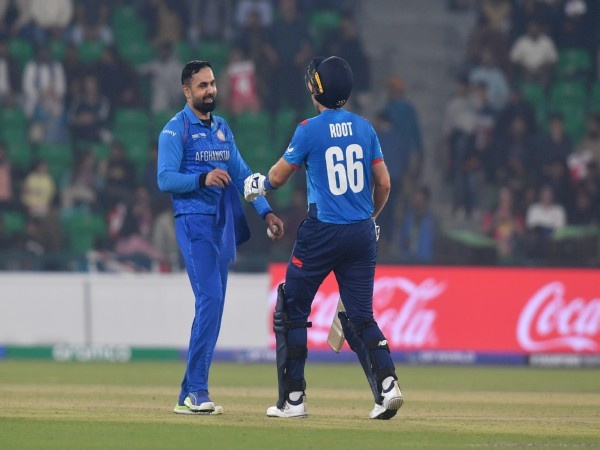Experts explore intersection of culture, creativity at NGSC Riyadh

Riyadh: People are more likely to invest in things they feel connected to, according to the founder and president of Works Collective, Nate Morley, speaking on a panel titled “Cultural Crossroads in Games” on the second day of the New Global Sport Conference in Riyadh.
The panel brought together creative professionals from diverse fields, including entertainment, art, and fashion. They explored the impact of cultural influence on creative industries and emphasized the need to balance cultural authenticity with commercial success.
Je Alipio, director and head of business development at Walt Disney Co. for APAC & MENA, discussed how Disney innovates while maintaining the integrity of its beloved characters and stories.
“It’s really about finding the right partner,” he said, noting that collaborating with like-minded creatives who bring fresh ideas can unlock many opportunities.
Alipio also outlined two approaches to business collaboration: a top-down method, where Disney enters a partner’s space to inform or influence it, and a bottom-up approach, where partners are empowered to expand their ideas on a larger scale under Disney’s guidance.
Khaled Makhshoush, a Saudi artist specializing in digital pixel art, began his career inspired by video games. He discussed the cultural elements featured in his work and how he draws inspiration from his surroundings. “You start to see things — the places you grow up in, the city … that’s the main source of cultural inspiration.”
Makhshoush noted that when creating an image, his focus is not on accuracy but on conveying emotion. By “breaking it down and then rebuilding it” based on his interpretation, he fosters a connection between personal and cultural elements.
In discussing how to create culturally authentic gaming experiences, Morley remarked: “One of the worst things you can do is to be a cultural appropriator.”
He elaborated that while fostering a platform that invites people to contribute and expand ie-spdeas is valuable, appropriating elements from other cultures and using them as your own is problematic.
Morley stressed that collaboration and diversity are key to elevating a brand. He said that within a single brand framework, one can showcase a multitude of voices in various ways, adding that a distinctive mix of backgrounds and industries transforms the brand from a mere “copy and paste” entity into an inclusive “platform for expression.”
Nicola Mizon, COO and co-founder of Kutur Runway and Vitza DGTL, discussed the increasing efforts by fashion brands to integrate into the esports sector through advanced technology. He noted that there is a growing demand for audiences “to look their best.
“We want to create a fashion gaming platform that’s at the intersection of technology, commerce, and games and bring everyone together to celebrate the art of fashion in the digital space,” he said.
This involves engaging in discussions with local designers and creators to understand their needs for a gaming platform that allows them to feel celebrated and unrestricted in their creative expression, such as crafting innovative concepts like “dresses made of fire.”
Expanding the discussion on integrating fashion within both cultural and digital contexts, Reem Al-Kanhal, fashion designer and creative director of brand Reem AlKanhal, said: “Fashion is connected to everything.”
Al-Kanhal emphasized that, given the extensive time newer generations spend online, it is crucial to integrate cultural elements — such as traditional wardrobes and national landmarks — into games for the sake of cultural preservation.
She concluded: “I think (that) owning your story is your power,” highlighting its significance for personal ambition and maintaining cultural connections.


